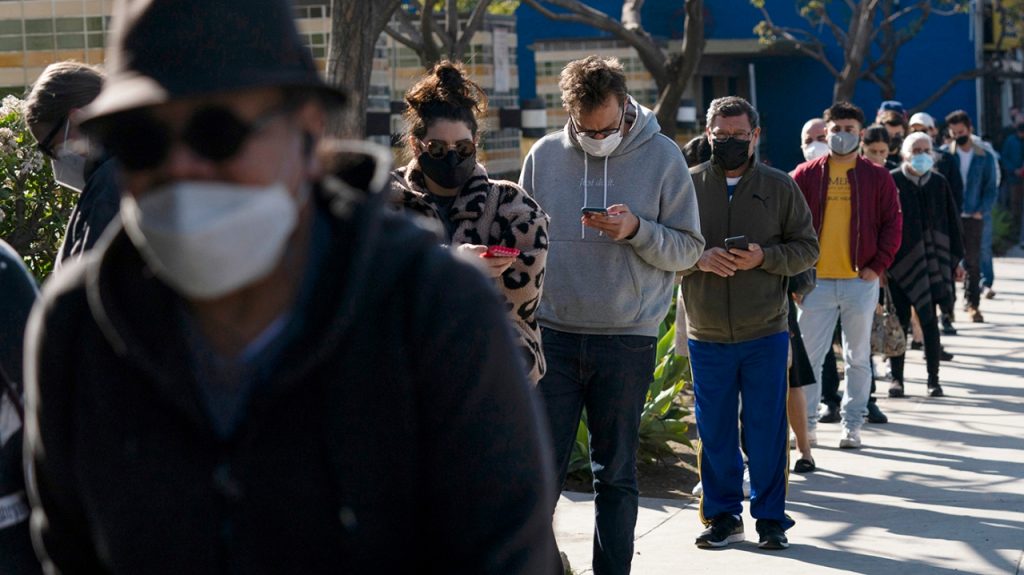
BA.5 now makes up nearly 80 percent of new COVID cases: CDC
The more infectious BA.5 omicron subvariant now makes up almost 80 percent of new COVID-19 cases in the U.S., as case rates continuing to trend upward.
About 78 percent of coronavirus cases in the U.S. are caused by the BA.5 subvariant, according to the most recent data from the Centers for Disease Control and Prevention (CDC).
The rise of BA.5 has spurred concerns over its enhanced ability to evade protection given by vaccines and prior infections from other variants. Currently available vaccines are still believed to be effective in reducing the risk of hospitalizations and deaths from BA.5, but the shot’s ability to prevent infection is thought to be less potent against this subvariant.
President Biden, 79, on Thursday announced that he had tested positive for COVID-19 for the first time. He is fully vaccinated with two additional booster doses.
BA.5 became the dominant subvariant in the U.S. earlier this month, surpassing BA.2.12.1. The BA.4 omicron subvariant is the second most prevalent with 12.8 percent of cases originating from the pathogen, while the BA.2.12.1 subvariant now accounts for only 8.6 percent.
As BA.5 has grown in prevalence, the rate of COVID-19 infections has steadily begun to rise again. The case rate had stagnated for several weeks, with the seven-day moving average for daily cases hovering around 100,000 for much of June.
This metric began to trend up beginning in July and now stands at about 126,000.
While vaccine makers like Pizer and Moderna say they are working on an updated vaccine that specifically targets BA.5, some health experts say that a new subvariant could be dominant by the time the updated dose is ready.
This has led calls to fund the development of the next generation fo COVID-19 vaccines, including a possible “pan-coronavirus” vaccine that would be “variant proof.”
“It’s essential that we get more resources, or we’re not going to meet the challenge that’s inevitable,” Anthony Fauci, President Biden’s chief medical adviser, said earlier this week.
“We need the next generation of vaccines, particularly mucosally administered vaccines that would do much better.”